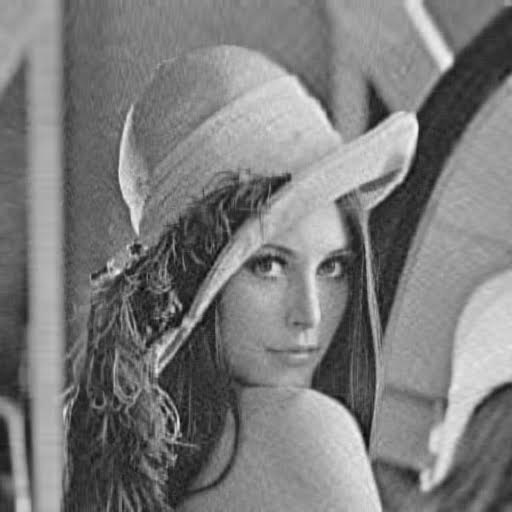I am brand new to MATLAB but am trying to do some image compression code for grayscale images.
Questions
How can I use SVD to trim off low-valued eigenvalues to reconstruct a compressed image?
Work/Attempts so far
My code so far is:
B=imread('images1.jpeg');
B=rgb2gray(B);
doubleB=double(B);
%read the image and store it as matrix B, convert the image to a grayscale
photo and convert the matrix to a class 'double' for values 0-255
[U,S,V]=svd(doubleB);
This allows me to successfully decompose the image matrix with eigenvalues stored in variable S.
How do I truncate S (which is 167x301, class double)? Let's say of the 167 eigenvalues I want to take only the top 100 (or any n really), how do I do that and reconstruct the compressed image?
Updated code/thoughts
Instead of putting a bunch of code in the comments section, this is the current draft I have. I have been able to successfully create the compressed image by manually changing N, but I would like to do 2 additional things:
1- Show a pannel of images for various compressions (i/e, run a loop for N = 5,10,25, etc.)
2- Somehow calculate the difference (error) between each image and the original and graph it.
I am horrible with understanding loops and output, but this is what I have tried:
B=imread('images1.jpeg');
B=rgb2gray(B);
doubleB=im2double(B);%
%read the image and store it as matrix B, convert the image to a grayscale
%photo and convert the image to a class 'double'
[U,S,V]=svd(doubleB);
C=S;
for N=[5,10,25,50,100]
C(N+1:end,:)=0;
C(:,N+1:end)=0;
D=U*C*V';
%Use singular value decomposition on the image doubleB, create a new matrix
%C (for Compression diagonal) and zero out all entries above N, (which in
%this case is 100). Then construct a new image, D, by using the new
%diagonal matrix C.
imshow(D);
error=C-D;
end
Obviously there are some errors because I don't get multiple pictures or know how to "graph" the error matrix







